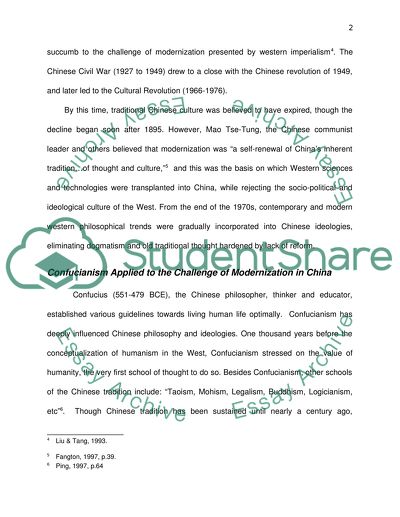Cite this document
(Ideology and Social Movement in China Research Paper, n.d.)
Ideology and Social Movement in China Research Paper. Retrieved from https://studentshare.org/history/1560181-ideology-and-social-movement-in-china
Ideology and Social Movement in China Research Paper. Retrieved from https://studentshare.org/history/1560181-ideology-and-social-movement-in-china
(Ideology and Social Movement in China Research Paper)
Ideology and Social Movement in China Research Paper. https://studentshare.org/history/1560181-ideology-and-social-movement-in-china.
Ideology and Social Movement in China Research Paper. https://studentshare.org/history/1560181-ideology-and-social-movement-in-china.
“Ideology and Social Movement in China Research Paper”. https://studentshare.org/history/1560181-ideology-and-social-movement-in-china.


